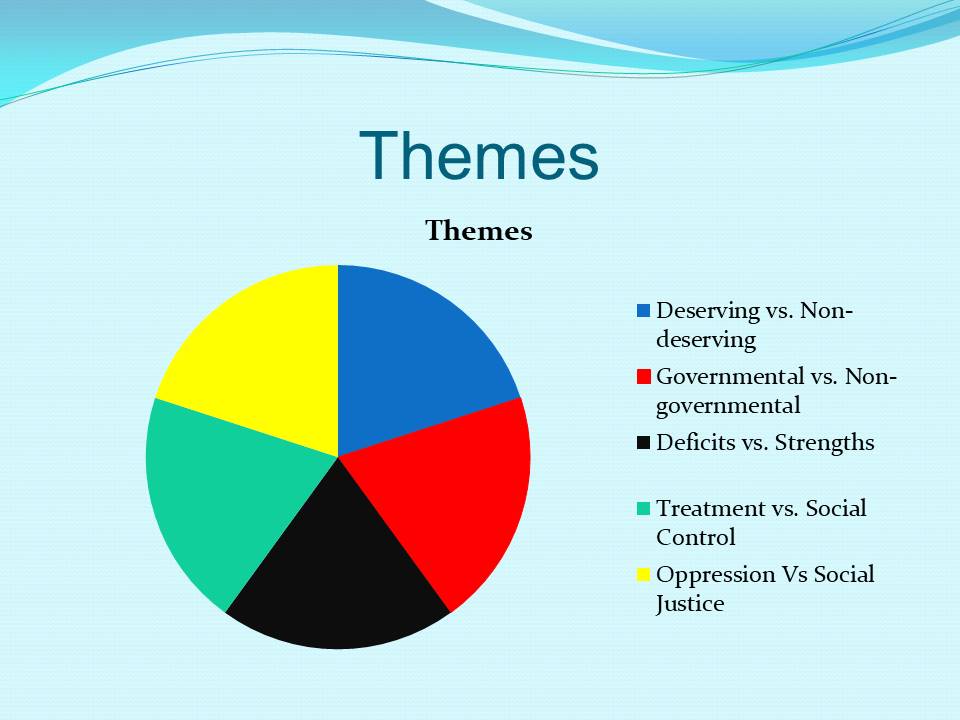Introduction
- Assumptions associated with affirmative action:
- Promotes social equality.
- Is subject to the will of the people.
- History repeats itself.
The author of the newspaper assumes that affirmative action is a social policy aimed at addressing inequalities in a community. The judges hold a similar perspective. However, they ruled in favor of banning affirmative action since it goes against democracy. Voters in the state of Michigan support the ban. The situation is reminiscent of previous regimes where legal frameworks were established to mistreat minorities. Before the court ruling, the policy of affirmative action was in existence. However, the Michigan court ruled that its existence was unconstitutional.
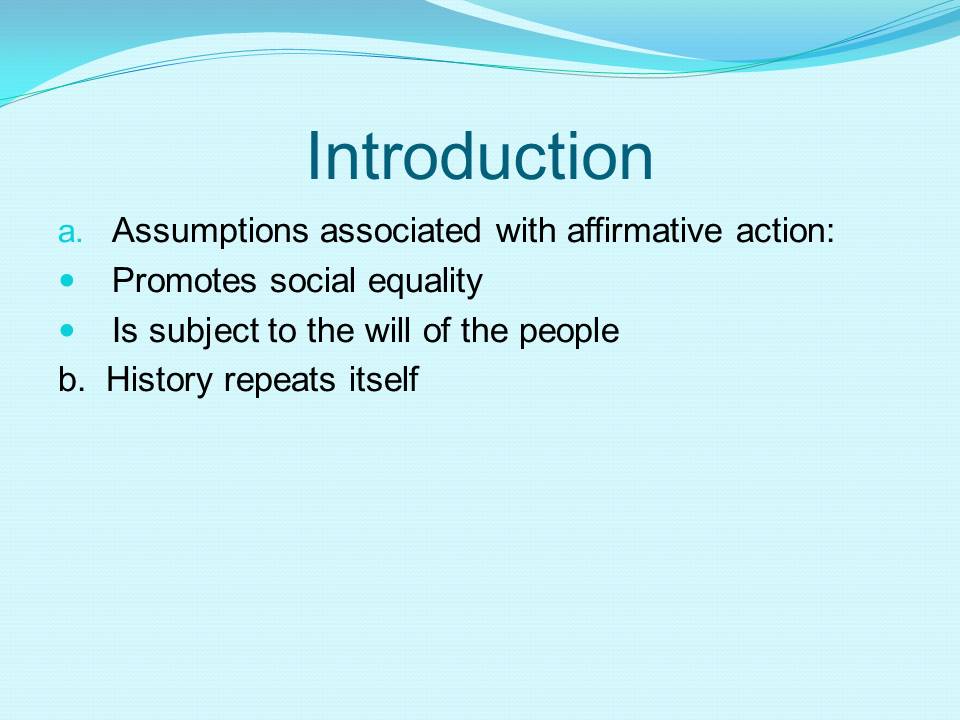
Assumptions on Affirmative Action
The assumptions revolving around affirmative action result in a blame game. For instance, admission to university is marred by controversies. Most people from racial minority groups have developed an attitude that they are being discriminated against. Such an argument may be true. However, it does not erode the need to create a level playing field on which people in a community can access the necessary resources without qualms.
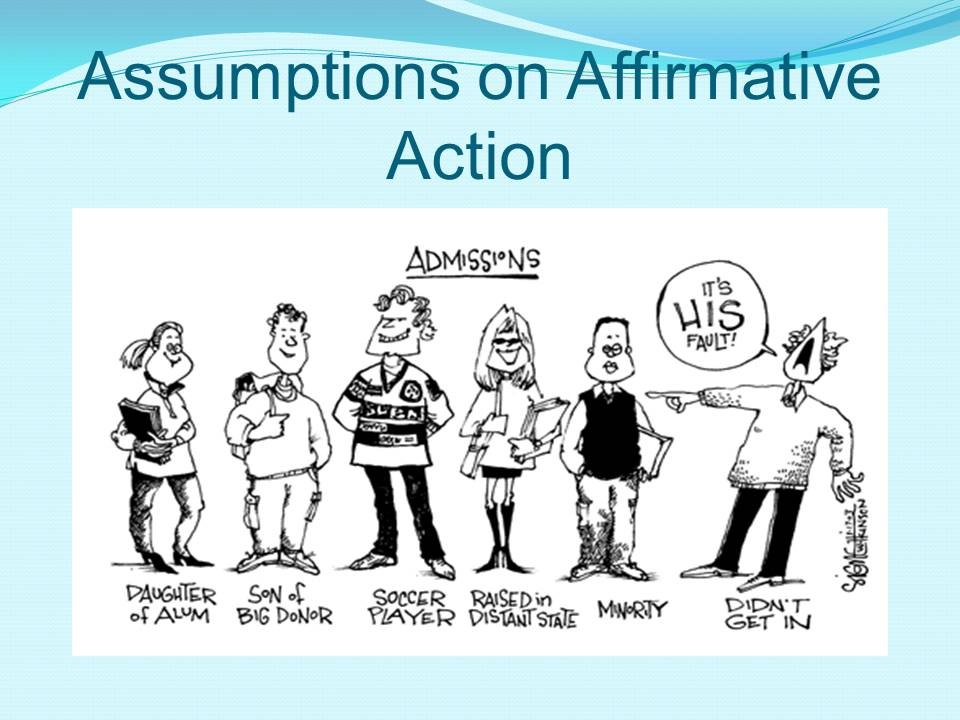
Is History Repeating Itself?
Historical accounts of institutionalized discrimination are emerging. For example, policies that established and supported slavery were enacted by law. Presently, the abolition of affirmative action acts as an opportunity for the majority to enjoy privileges at the expense of the minorities.
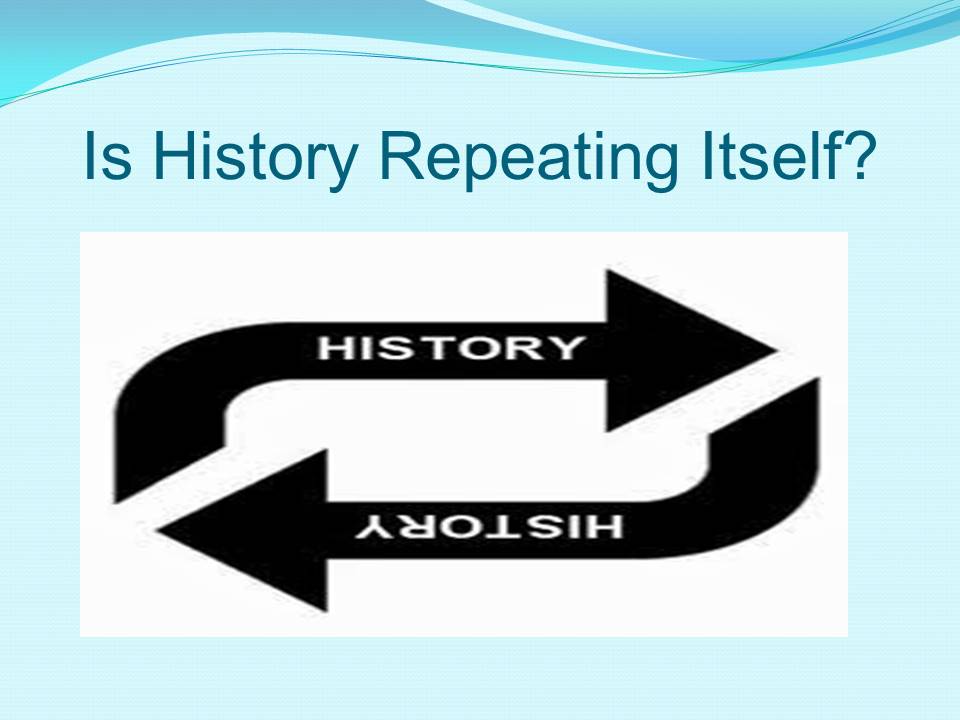
Social Attitudes towards Affirmative Action
The following are the perceptions that citizens have towards affirmative action:
- It is associated with gaps in unemployment.
- Educational and academic disparities.
- Wage differences.
- Racial profiling.
The supporters of the ban on affirmative action argue that blacks are less productive. The social attitudes create the impression that these individuals are given special treatment that they do not deserve.
Affirmative action paints blacks as people who are less productive and who are dependent on aid. Separately, the social attitudes held by some individuals assume that the government lacks goodwill as far as encouraging affirmative action in cases where blacks are still oppressed by the system is concerned. The social attitudes create the impression that there is a level playing field. The stereotypes brought about by these attitudes are major contributors towards the banning of affirmative action.
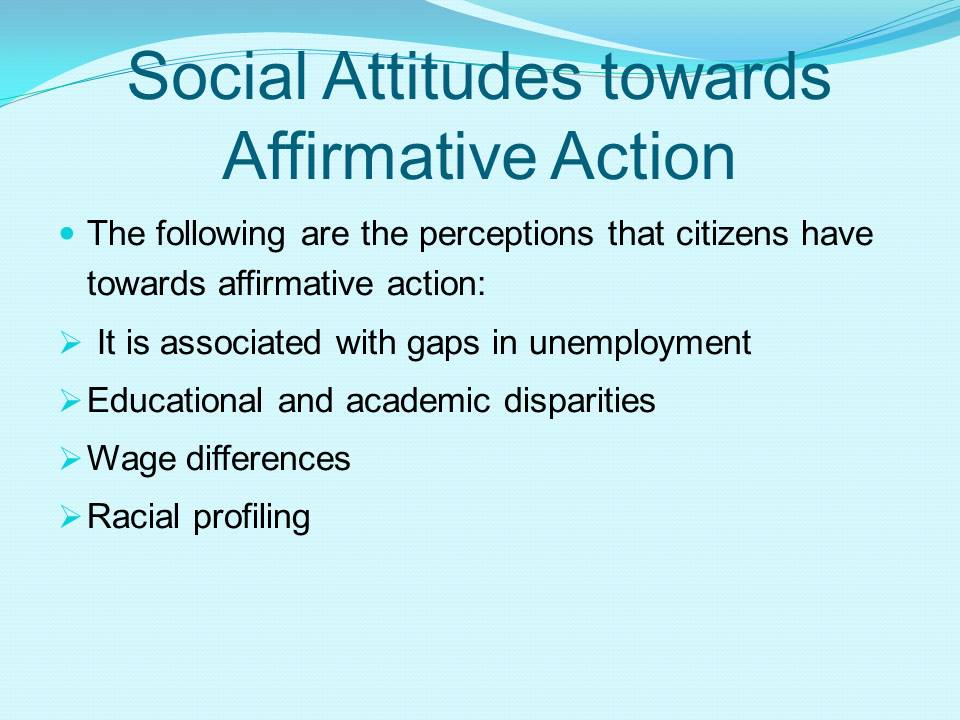
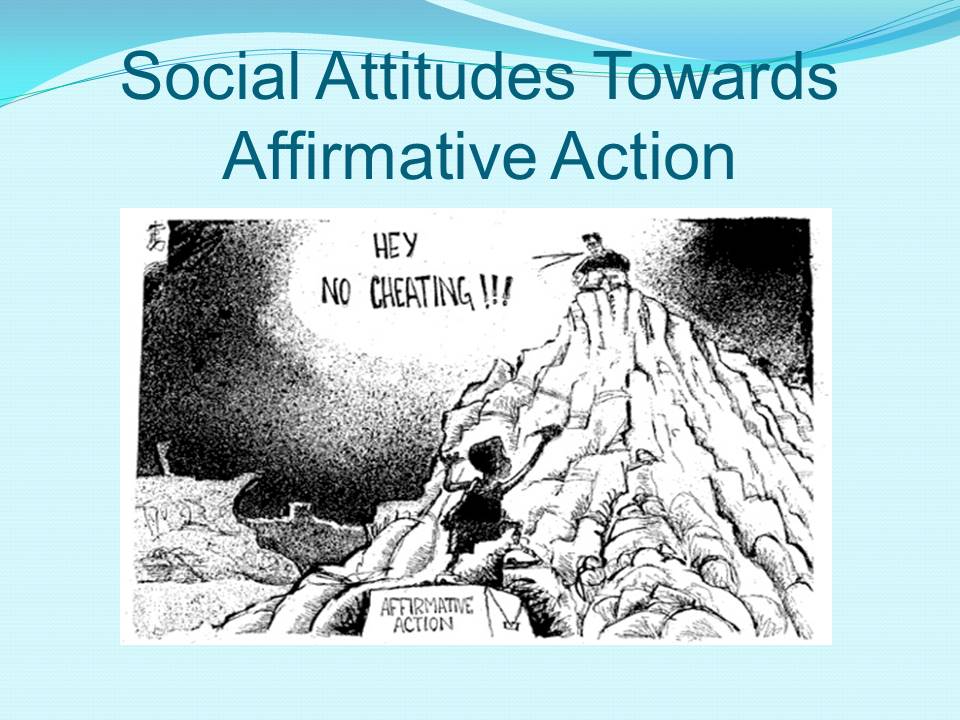
Forms of Discrimination
- Racial profiling.
- Unfair employment distribution.
- Inability to access healthcare and education.
- Little socio-economic support to the minorities.
Affirmative action comes about as a result of the unfairness that exists in a society. Proponents of the policy argue that institutionalized discrimination can only be solved through affirmative action.
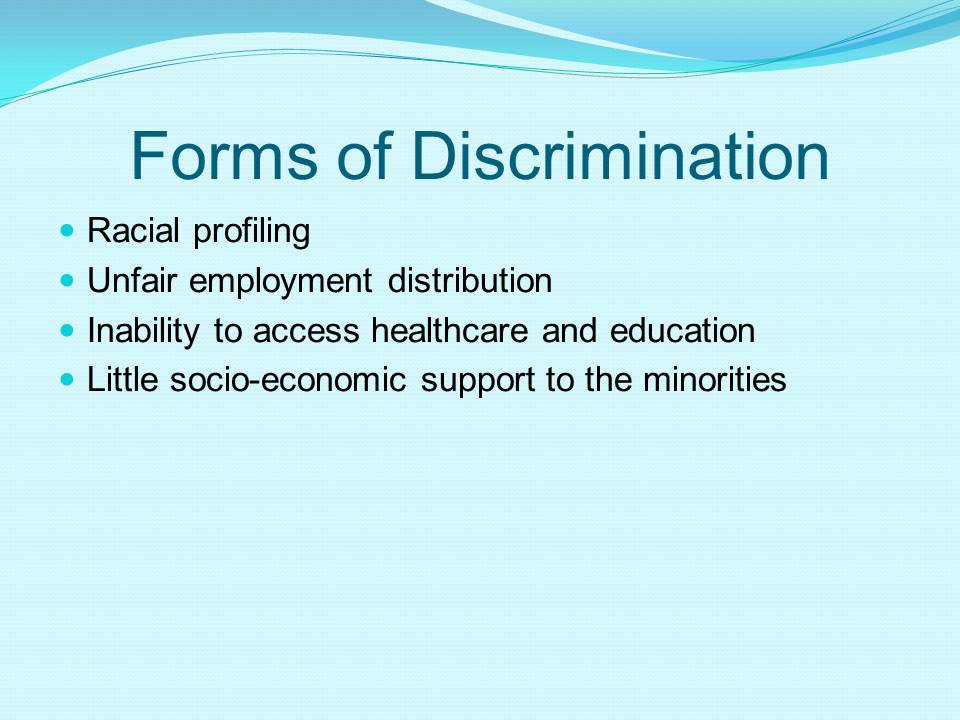
Racial Profiling
- Immigration.
- Crime.
- Education.
- Employment opportunities.
Racial profiling emerges especially when it comes to cases of policing. Most police officers tend to associate blacks with crime. Consequently, access to education and employment opportunities is a challenge to most minorities.

Unfair Employment
Minorities are affected more by unemployment compared to the majority. The U.S. Bureau of Labor Statistics found that Asians and African Americans are the most affected when it comes to unemployment. The two groups perform dismally when it comes to accessing well paying jobs.
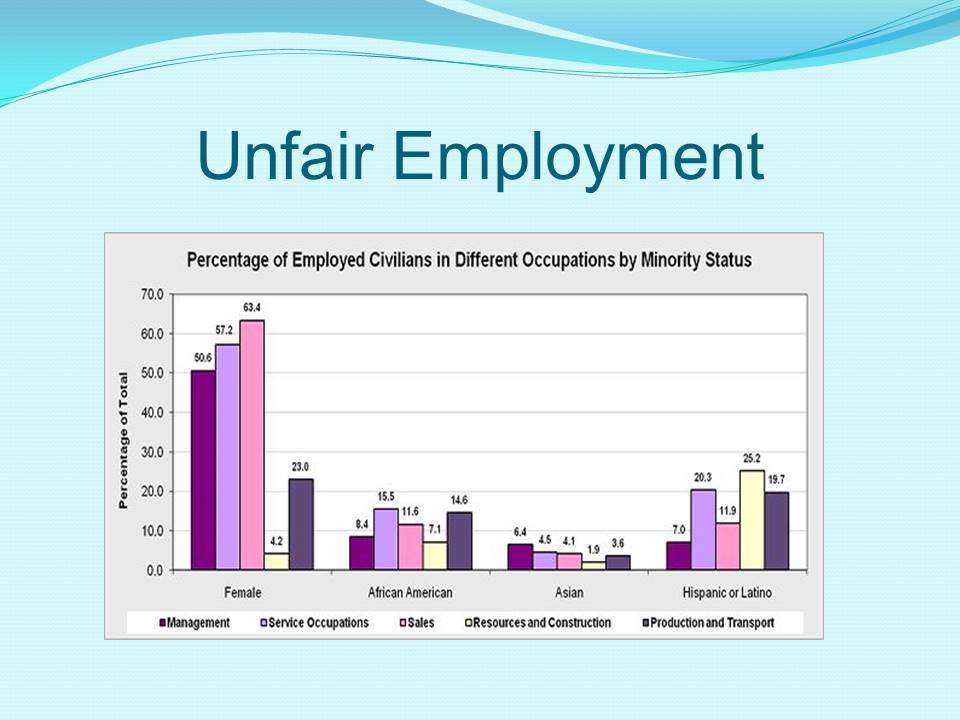
Access to Education
Access to education is an important aspect of quality life in today’s society. In places where minorities cannot access education, affirmative action is necessary. To this end, issues like admission to university and access to education loans require affirmative action.
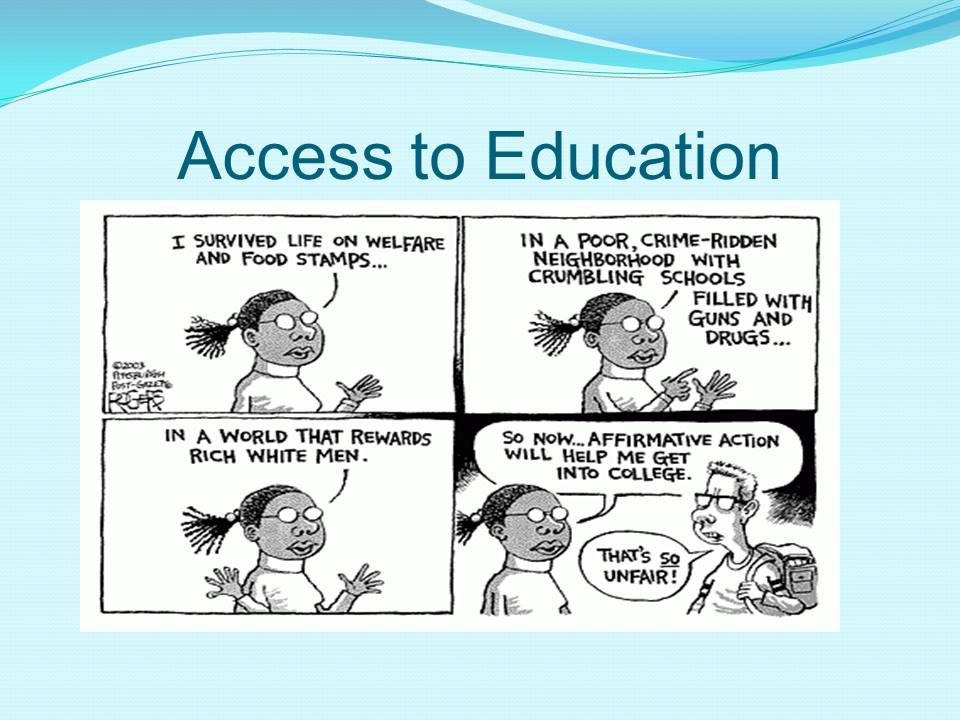
Rationale for Affirmative Action
Affirmative action is all about bridging the various gaps in a society with many inequalities. They include gaps in employment. For years, the white community has been privileged to access the best education and secure well paying jobs. Affirmative action was brought about to level the playing field and allow minorities have a fair competing chance. There are economic, health, and social disparities among the whites and the blacks. Affirmative action would help minimize cases of discrimination and bias.
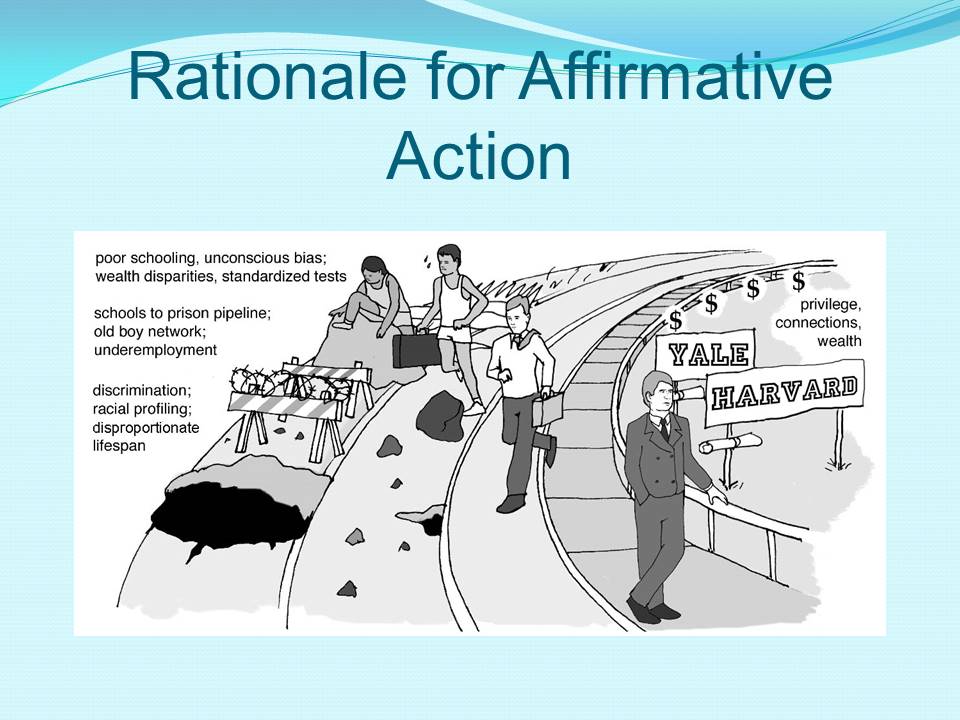
A Repeat of History
Affirmative action with respect to the black community has always revolved around issues to do with the legality and illegality of discrimination. The Michigan ruling illustrates a repeat of history since the discussions keep revolving around racial discrimination and legal standings in the subject.
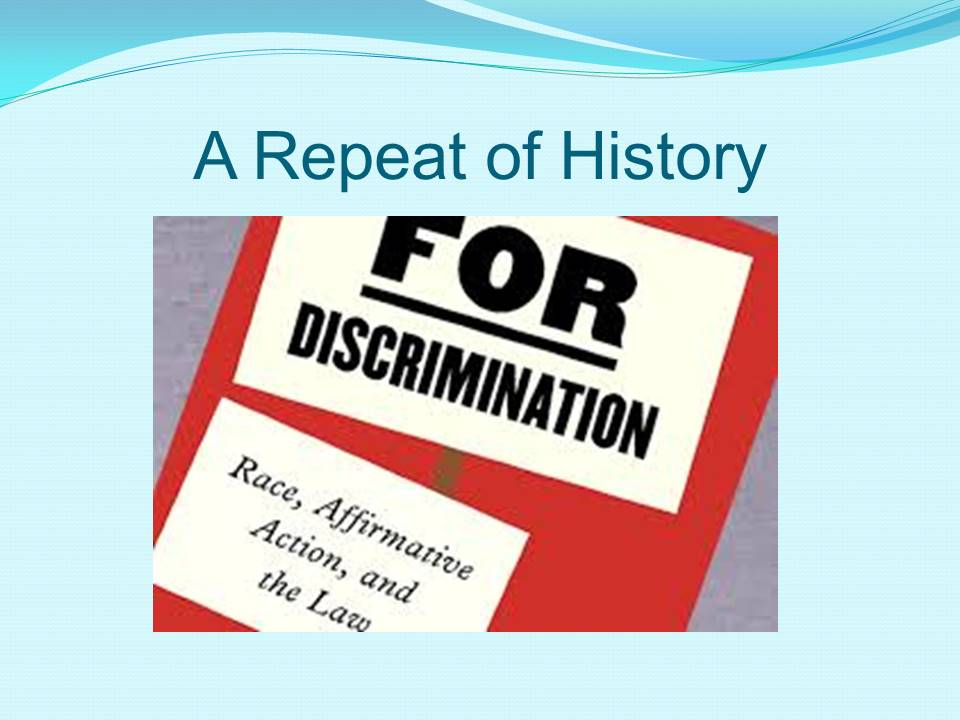
Comparisons between History and Today
History:
- Lack of goodwill from the leadership to end slavery.
- Whites were superior to black slaves.
- Affirmative action would end slavery.
- Absence of a legal framework.
Present times:
- No goodwill to support affirmative action and equal pay.
- Whites assume blacks are less productive.
- Racism emerges.
- People are disregarding the law.
History appears to be repeating itself given the lack of goodwill to implement affirmative action in the past and present times. A comparison is made with respect to the era of slavery.
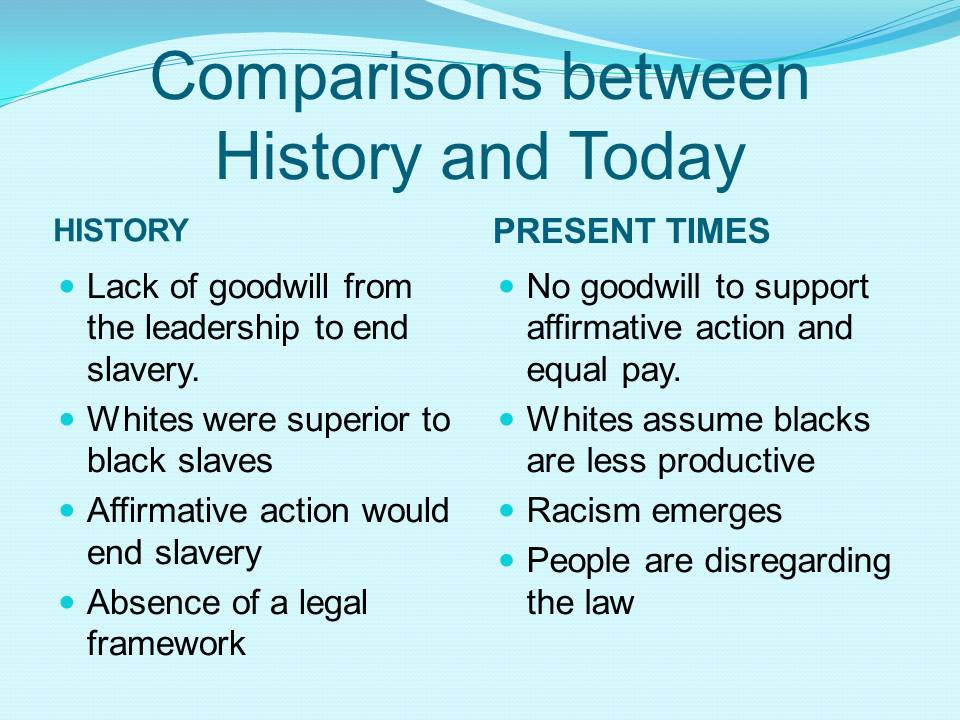
The Failure of Affirmative Action
The spirit of affirmative action is meant to bring about unity in a society. Unfortunately, the result has been the emergence of racial divisions.
- Lack of goodwill.
- Abuse by the minorities.
- Failure to implement existing policies.
- Negative stereotypes for minorities.
The entire concept of affirmative action was meant to alleviate the suffering of minorities. However, the lack of goodwill is the main reason behind its failure. There are cases where the minorities abuse the privileges accorded in affirmative action, resulting in stereotyping . There are a number of success stories due to the affirmative action policy. However, there is a need to rethink the entire policy.
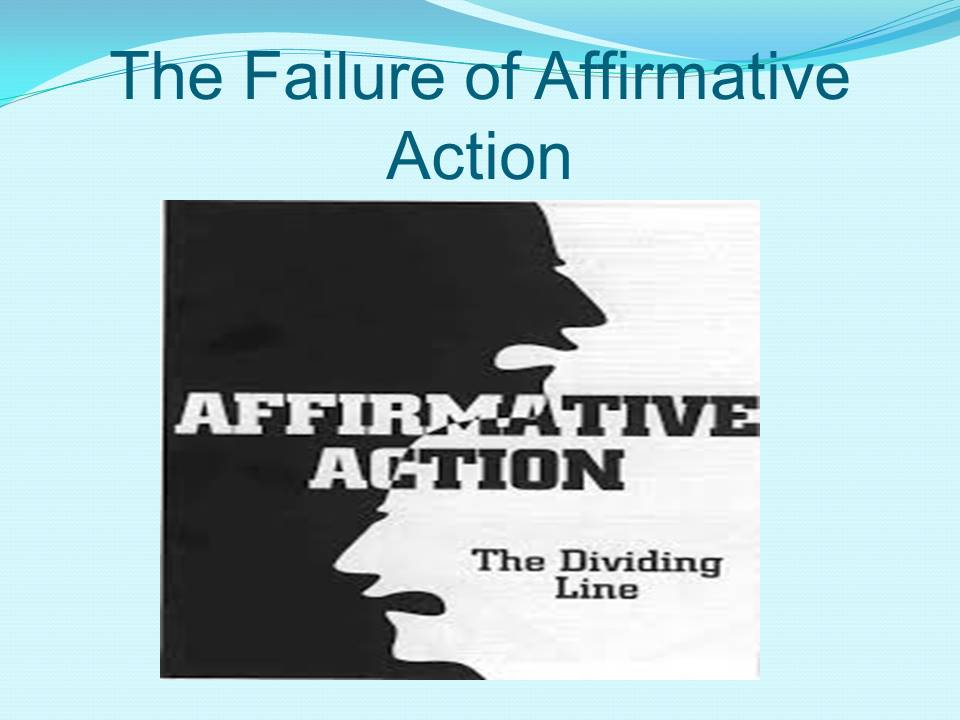
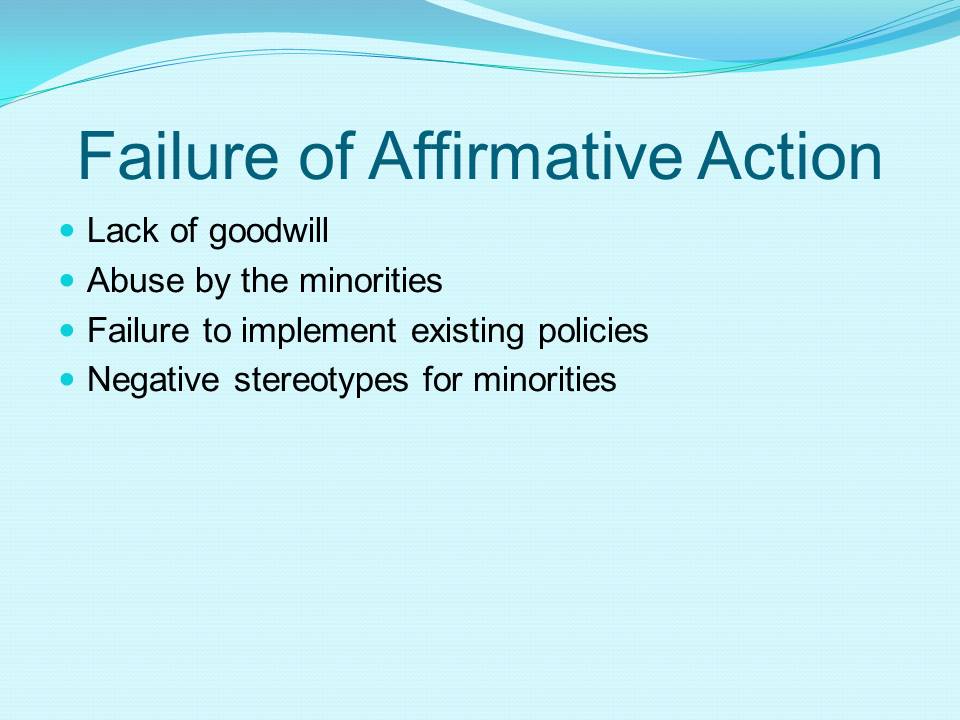
Time to Rethink Affirmative Action
The ruling by the Supreme Court creates the rationale needed to rethink the affirmative action debate. The presence of a black president suggests that there is a way to allow for equality without being overly lenient.
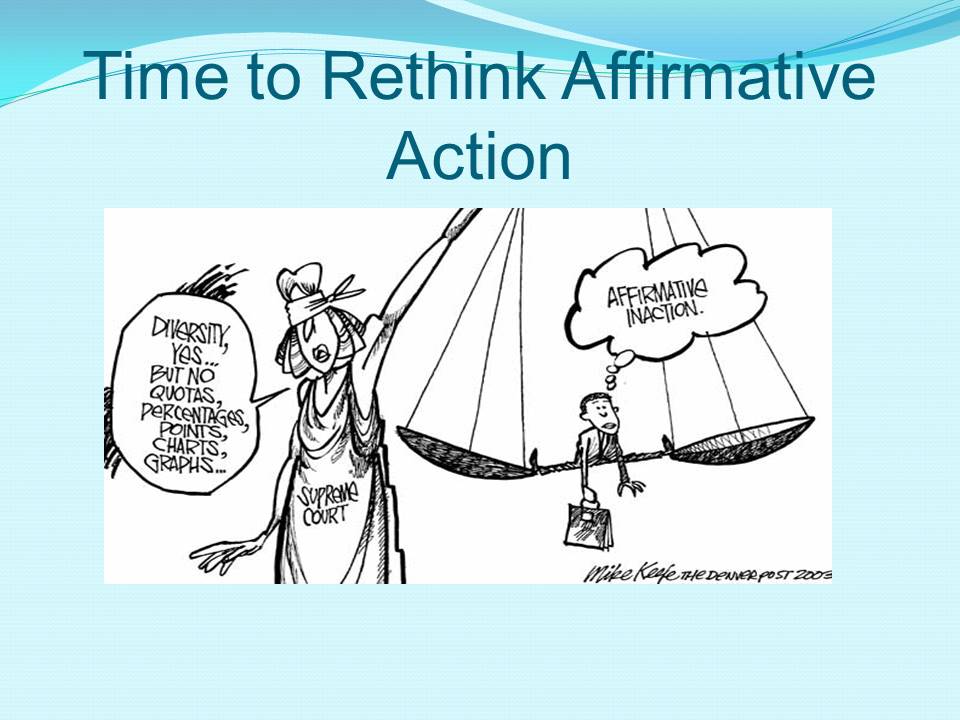
Themes
The debate to ban affirmative action in Michigan raises the question of whether the policy was effective or not. It raises questions on the social and government issues. In light of this, the court ruling creates a number of themes. The theme of deserving vs. non-deserving implies that affirmative action can be selective in its application. The idea that people should be accorded equal privileges brings about debate on the subject. The remaining themes are intertwined to outline the shortcomings of the affirmative action alongside the lack of goodwill. For example, the deficits vs. strengths highlights the advantages and weaknesses of the policy. One strength was that it created a level playing field for all people in the society. However, a limitation is that it increased racial disparities in the society. With regards to oppression vs. social justice, the affirmative action was meant to improve social justice by addressing the violations meted out against the minorities by the majorities.
